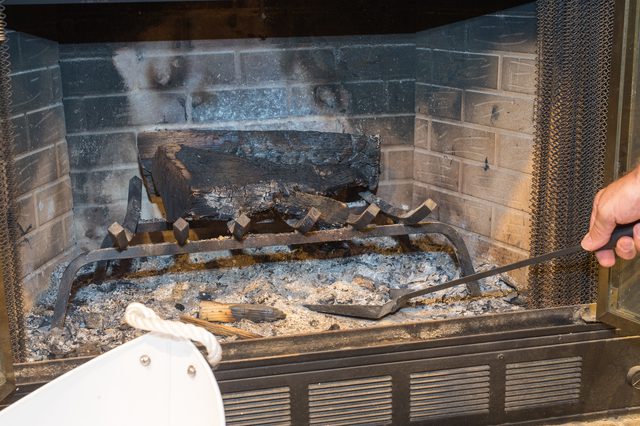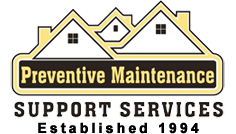 A chimney fire is a frightening occurrence and can be potentially dangerous to your property and your family. What fuels a chimney fire?Most of the time it is due to the creosote. Creosote is black or brown in appearance, which is formed through condensation inside the chimney that usually sticks to the inner walls of the chimney. It can be crusty and flaky, tar-like, drippy and sticky, or shiny and hardened. Frequently, all forms will occur in one chimney system.Creosote, regardless of its physical form, is highly combustible. Thus, a sufficient amount of creosoteis build up, then add the right amount of heat to the inside of the chimney’s flue, chimney fire occurs.
A chimney fire is a frightening occurrence and can be potentially dangerous to your property and your family. What fuels a chimney fire?Most of the time it is due to the creosote. Creosote is black or brown in appearance, which is formed through condensation inside the chimney that usually sticks to the inner walls of the chimney. It can be crusty and flaky, tar-like, drippy and sticky, or shiny and hardened. Frequently, all forms will occur in one chimney system.Creosote, regardless of its physical form, is highly combustible. Thus, a sufficient amount of creosoteis build up, then add the right amount of heat to the inside of the chimney’s flue, chimney fire occurs.
The threat from a chimney fire is that the typical flue is not designed to survive such high temperatures, and when severely heated they may crack. Once that happens, the fire within the flue can spread horizontally out of the chimney.When it happens, these are tools that you needto put out the chimney fire. Oven gloves or similar heat-proof protective gloves, Bucket of sand or baking soda, Fire suppressant, a fire extinguisher and a Hose.
Steps to take in the Event of a Chimney Fire
Knowing what steps to take in the event of a chimney fire is vital but unexpectedly, not many people ever prepared for it or know what to do if the worst happens. It is advisable that anyone using an open source of heat in their home should have a plan whenever such occurrence happens. Herewith are steps to put out the chimney fire.
1. Safety First
As soon as signs that the chimney is on fire, evacuate all family members and pets from the building, and call the fire department. Before attempting to put out the chimney fire, evaluate the situation to ensure it is safe for to tackle it yourself. It is advisable to put on heat-proof gloves as well when tackling the fire.
2. Close Openings
Close any primary or secondary openings into the fireplace or chimney. The reason is that it helps to deprive the fire of the oxygen it needs to keep burning. The target is to eliminate smaller fires altogether, or just lessen the flames in something larger.
3. Put Out the Fire in the Grate
Tip a generous amount of sand or baking soda onto the fire. This also helps to starve the flames of oxygen. It is also advisable to keep a bucket of sand by your fireplace at all times is generally a good, practical idea that might just save the house.
4. Try a Fire Suppressant
A few products are available on the market to help get rid of dangerous fires. The fire suppressant is available in different brands such as Chimfex and FireEx. It is a good idea to have a few of these products handy at all times if you use your fireplace frequently.
5. Use a Fire Extinguisher
You can use a fire extinguisher on the flames as well in order to be on the safe side. This option should leave to the last because extinguishers can create a big mess. To use it, direct the nozzle towards the grate and spray in short bursts to make sure that any glowing embers or flames that didn’t get extinguished by the sand are completely out. It is advisable not to stand too close when using the fire extinguisher as the pressure from the nozzle can throw glowing embers into the air.
6. Hose the Chimney Stack
When you are satisfied that the fire in the grate is no longer alight, go outside and hose-down the chimney. It is advisable to do this from a standing position. Use it as you will find it much easier if you have a power attachment on your hose to direct the water towards where you need it. Use only a fine mist; the heat from the fire will turn it into steam that will help dampen what’s left of the fire. Warning! Only perform this maneuver if you’re confident that you know the right amount of water to use, as too much can end up damaging the flue liner.
Always take the proper precautions when using the fireplace to ensure that a chimney fire never starts, such as maintenance and general cleaning of the chimney. However, in the event that the unexpected happens anyway, taking quick action can save your home. It is always safety first.



